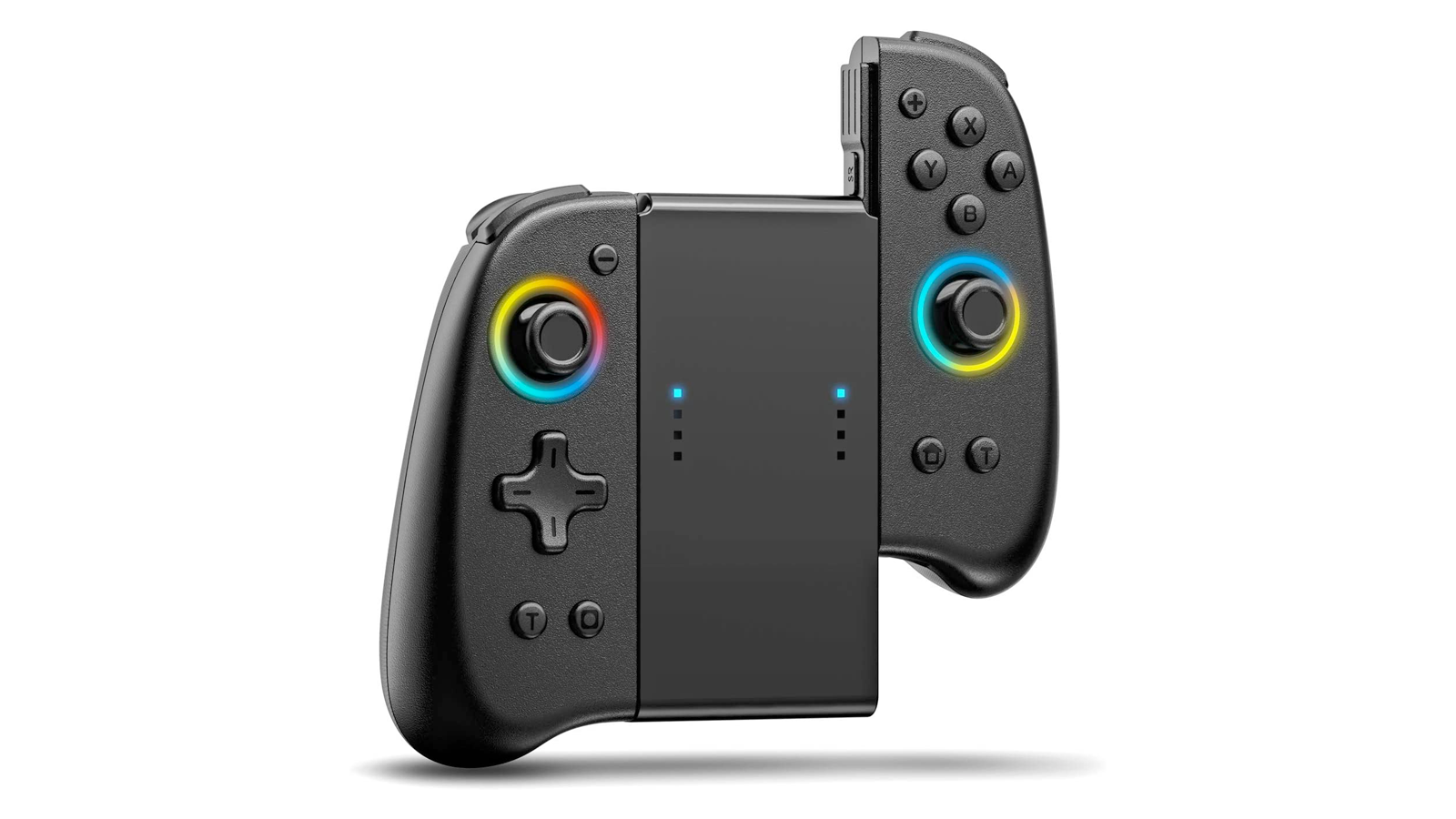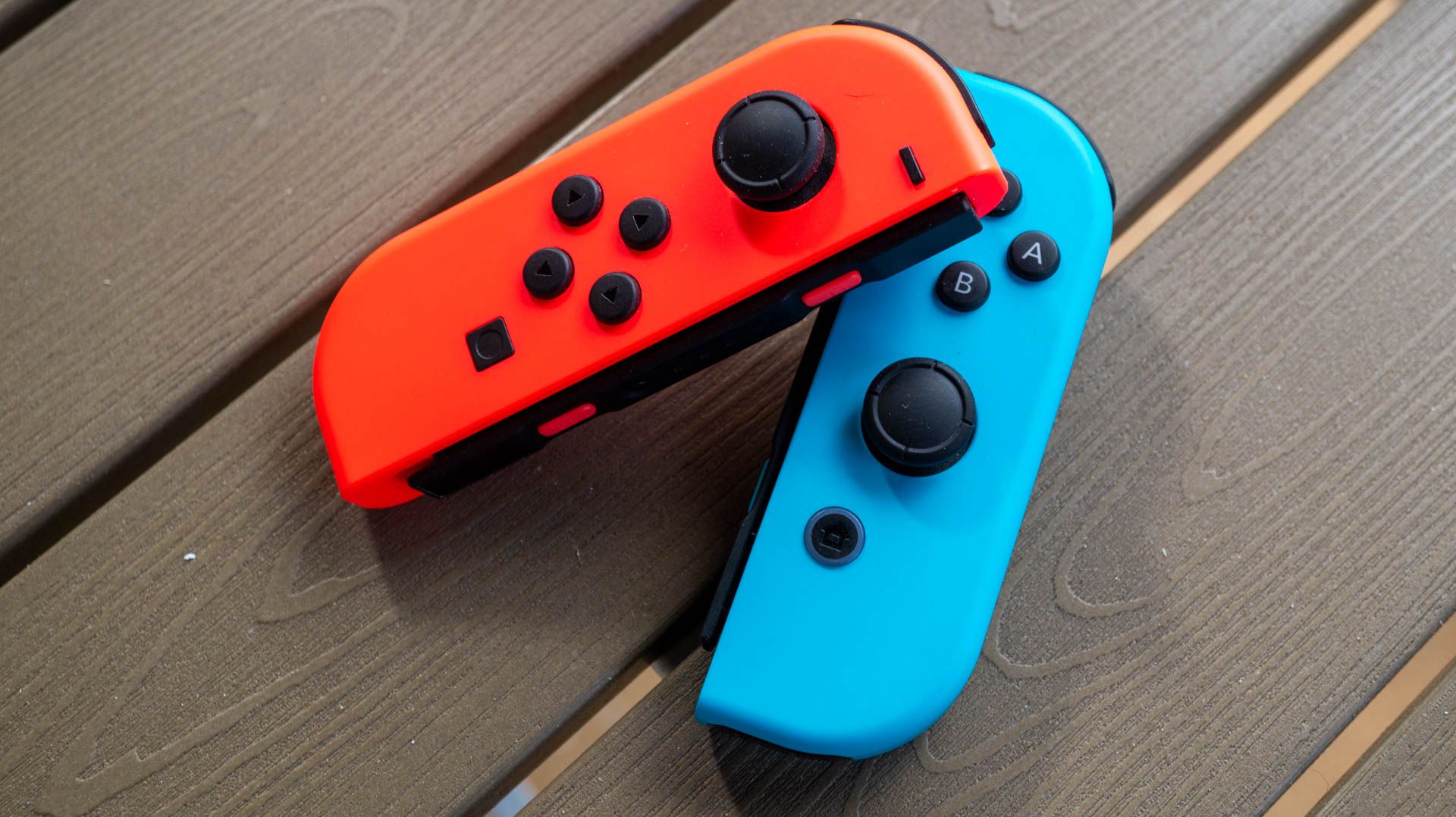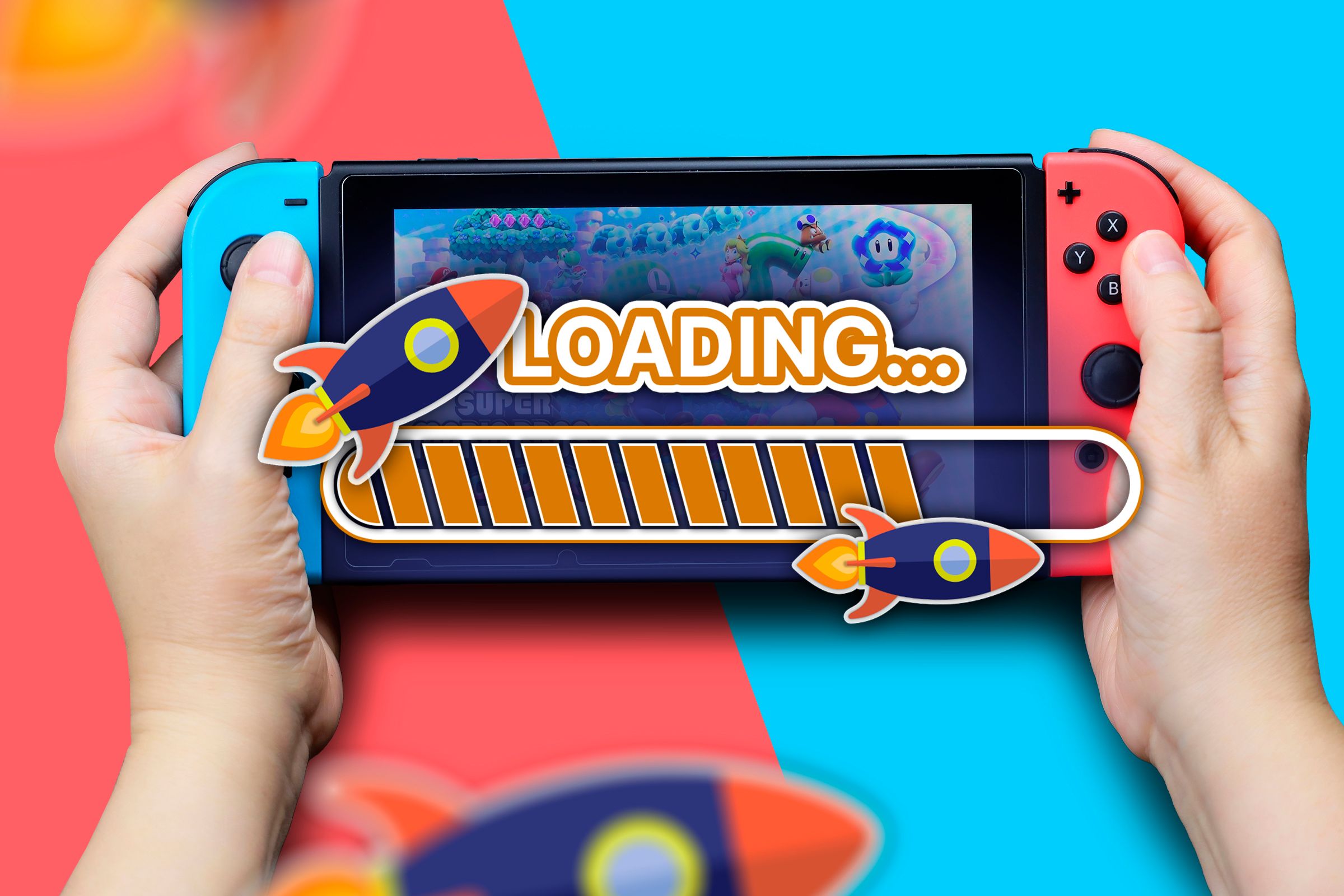Summary
- Joy-Con drift and low-quality, flaky-feeling thumbsticks are the biggest issues with the Nintendo Switch.
- The only way I’m buying a Nintendo Switch 2 on day one is if it comes with Joy-Cons equipped with Hall-Effect analog sticks.
- If not, I’ll wait a while to see the quality of the second-generation Joy-Cons, and for third-party manufacturers to bring Joy-Con alternatives that pack well-made, high-grade thumbsticks.
Nintendo did a wonderful job with the Switch aside from one sore point: Joy-Con drift. Now that Hall Effect joysticks are picking up steam, I expect the Switch 2 to come with “drift-proof” thumbsticks. If that happens, the Switch 2 will be a day-one purchase for me.
I Want to See Hall Effect Thumbsticks on the Switch 2
The Switch is on track to become the best-selling gaming console of all time, for good reason. The price is right, the library is impressive, and its hybrid nature makes it a perfect home and handheld console. There’s also the super-affordable Switch Lite, which I’ve opted for because of its handheld-first approach.
But there’s a noticeable ding in the Switch’s shiny armor: Joy-Cons and their bottom-tier quality thumbsticks. Not only is a pair of Joy-Cons $80 a pop, but they also feature janky, imprecise thumbsticks that are far below the quality of the sticks found on Sony and Microsoft controllers.
Now, the argument that Joy-Con thumbsticks are inferior to DualSense and Xbox sticks because of their compactness and the fact they’re made for a handheld doesn’t hold water. You’ve got many third-party Joy-Con alternatives that have quality analog sticks, and secondly, many gaming handhelds include great-feeling thumbsticks as well.
To add insult to injury, the Joy-Con’s analog sticks aren’t only unsastifying to use, they’re also infamous for being prone to drift. Drift happens because traditional thumbsticks rely on two pieces of metal inside the mechanism, which measures resistance to gauge the position of the stick. When the metal begins to wear, or grime makes its way into the mechanism, the thumbsticks are no longer accurate.
This results in a “drift” effect where the thumbsticks register movement when no pressure is being applied. It can result in your character walking in one direction even when you have no hands on the controller, and it can make aiming in shooters difficult as you have to counter for drift and aim. Since Nintendo uses the same parts in both sticks, both the left and right Joy-Cons are prone to this issue.
In a rare show of admitting fault, Nintendo acknowledged Joy-Con drift and has been offering to repair your Joc-Cons for free since 2019. Despite this massive issue, Nintendo didn’t update the Joy-Con design and has continued to sell drift-prone Joy-Cons. But if the company wants my money, the Switch 2 should come with Hall Effect analog sticks.
Hall Effect joysticks are great because their contact-free design makes them impervious to stick drift and allows them to work great, even with 0% dead zones. Rather than metal-on-metal, Hall Effect sticks use magnets and springs which are far less prone to drift (though the lifespan of the spring may cause its own issues in time).
We know that compact-focused Hall Effect thumbsticks are possible to create because Gulikit has been selling Hall Effect Joy-Con thumbsticks for some time. Better still, a pair of Hall Effect Joy-Cons isn’t that expensive, selling for $17.99 a pop if you don’t need tools to install them.
So, in short, I expect Nintendo to make up for last time by equipping the Switch successor with Hall Effect thumbsticks. If that happens, I’m getting it on day one since the Switch 2 looks like a banger, especially if it indeed ends up with DLSS-capable NVIDIA hardware under the bonnet to boost visuals with hardware-accelerated upscaling.
If not, well, I’m going to wait at least six months to see what the situation with Joy-Con gen 2 is and whether the thumbsticks are as poorly made, imprecise, and drift-prone as the original Joy-Cons’ are. And when I do get a Switch 2, you better believe I’ll also buy a third-party Joy-Con alternative, because the thumbsticks are by far the worst part of the Switch package.
Backwards Compatibility is Another Must-Have Feature
Not having Hall Effect thumbsticks will prompt me to wait a while before getting my hands on a Switch 2, but I’ll inevitably get one sooner or later. But if Nintendo doesn’t make the Switch successor fully backward compatible with the Switch, I’m not going to bother buying a Switch 2 at all.
I’ve got a massive Switch library, with many games waiting to be played on the Switch 2 with improved performance and resolution, and I’m not going to pay full price to buy the exact same games just to be able to play them on the Switch 2. Nintendo got away with this once with the Wii U re-releases, but the console market has changed.
Luckily, Nintendo has officially confirmed that the Switch 2 will be able to play Nintendo Switch games. I just hope that it will be able to play the entire library, not just a few selected titles. I want a cartridge slot into which I can fit my existing cartridges and compatibility with every game I bought from the eShop (preferably with some hardware-related improvements).
Nintendo has always played by its own rules, so I’m hoping that the company doesn’t include some kind of gotcha, a convenient exception to the rule that will allow them to release Donkey Kong Tropical Freeze for the third time, as well as other first-party Switch heavy hitters.
The Switch is great, and if it wins the best-selling console accolade, it will be well-deserved. Joy-Cons, however, are by far the weakest link in the console’s chain. Nintendo has to improve the second-generation design if they want my money on day one.
There are a lot of lessons Nintendo can learn from the original Switch, like including more options for console customization this time around and even bringing back its beloved Mii character creator. Fortunately, we won’t have to wait long as Nintendo is expected to announce the console before March 31, 2025.








